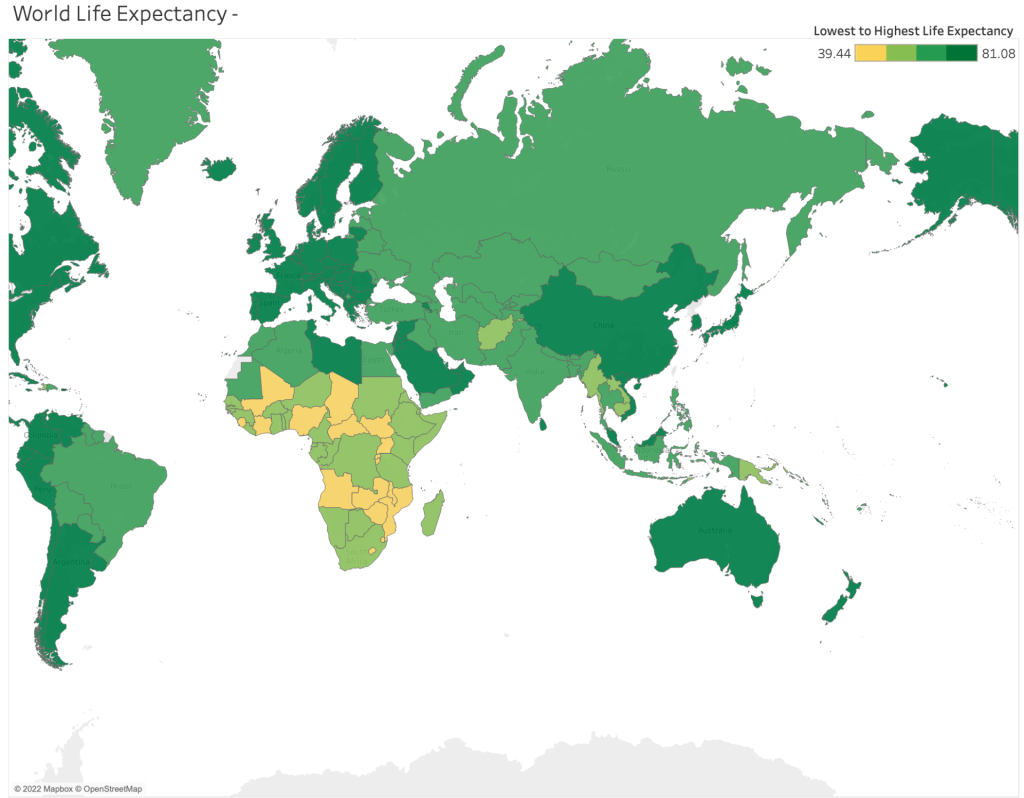
by mhh76 | Nov 20, 2023 | Uncategorized
In a world where economic resilience is more crucial than ever, Lebanon stands as a testament to the enduring spirit of overcoming adversity. This blog post is a reflection and expansion of those insights, exploring how we can collectively work towards a more robust economy.
The Prelude: Reflecting on Lebanon’s Past Economic Successes
Our journey begins with a look back at Lebanon’s economic landscape, particularly around 2007 and 2008. During these years, Lebanon witnessed a remarkable phase of economic growth, thanks in large part to the collaborative efforts of the government, the central bank, and, crucially, the citizens. This era serves as a beacon of hope and a blueprint for what can be achieved through collective action and strategic economic planning.
The Current Scenario: Understanding the Crisis
Fast forward to the present, and the picture is starkly different. Lebanon faces significant economic challenges, marked by a steep decline in GDP growth, particularly post-2018. The data paints a troubling picture: negative growth rates and a plunging gross domestic savings rate. These indicators are more than mere numbers; they are a reflection of a nation grappling with economic instability.
The Interplay of GDP and Savings: A Dual Focus
A key focus of our analysis is the interplay between GDP growth and savings. A thriving economy typically boosts savings, but the reverse is also true: economic downturns lead to decreased savings due to increased expenditures or borrowing. Lebanon’s current situation, characterized by a combined decline in GDP growth and savings, signals a need for urgent, targeted economic interventions.
Tackling the Crisis: Recommendations for Economic Improvement
The core of our discussion revolves around actionable recommendations to improve Lebanon’s economy. Drawing from past successes and current challenges, these recommendations include:
- Fostering Government and Central Bank Collaboration: Just as in the past, strong cooperation between these entities is vital for implementing effective economic policies.
- Empowering Citizens: Encouraging entrepreneurship, supporting local businesses, and fostering a culture of economic literacy can help citizens contribute more effectively to the nation’s economy.
- Strategic Economic Planning: This involves revisiting fiscal policies, exploring new avenues for economic diversification, and investing in sectors that can drive sustainable growth.
Conclusion: A Call to Action
As we stand at this critical juncture in Lebanon’s economic history, it’s imperative that we learn from our past, understand our present, and actively work towards a better future. The journey ahead is fraught with challenges, but also filled with opportunities for growth and resilience. It’s a journey that requires the collective effort of every Lebanese citizen, policy-maker, and stakeholder. Together, we can steer Lebanon towards a path of economic recovery and prosperity.

by cth07 | Nov 19, 2023 | Uncategorized
by Charbel Hanna Daou (MSBA 24)
In the heart of the Caribbean, Jamaica faces a startling reality: its soaring intentional homicide rate is not just a statistic, but a looming shadow over the nation’s future. This crisis goes beyond mere numbers, threatening the very fabric of Jamaican society and shaking the pillars of stability and safety that its citizens rely on. It’s a call to action, demanding not just attention, but a deep dive into the root causes and a strategic battle plan to turn the tide against this wave of violence. The urgency to address and mitigate this issue couldn’t be more pressing, as the fate of Jamaica’s well-being hangs in the balance.
Delving into the Crisis
The alarming rise in Jamaica’s homicide rates over the past two decades is a cause for serious concern. The data shows an increase to 52.1 homicides per 100,000 people by 2021, a figure that not only stands out in the Caribbean region but also ranks highest on a global scale. This disturbing trend is indicative of deeper societal and systemic issues that need to be addressed with urgency and precision.
Strategic Approaches Aligned with SDGs
In response to this escalating crisis, two potential strategic solutions, in alignment with the United Nations Sustainable Development Goals (SDGs), present themselves as viable pathways to combat the high homicide rates:
- Increasing Government Health Expenditure (Aligned with SDG 3): This strategy focuses on the crucial role of health in society. By boosting government spending on health care, particularly in areas like mental health services and addiction treatment, Jamaica could tackle some of the underlying factors contributing to the high rate of homicides. The premise here is that better access to health services, including mental health care, can play a significant role in preventing violence and crime.
- Extending the Duration of Compulsory Education (Aligned with SDG 4): Education is a powerful tool for social change. By increasing the years of compulsory education, Jamaica could address several root causes of crime, including poverty and inequality. Education not only equips individuals with knowledge and skills but also opens up opportunities, promoting social mobility and reducing the likelihood of individuals engaging in criminal activities.
Learning from Global Experiences
The experiences of the Russian Federation and Colombia provide valuable lessons. Both countries have demonstrated a correlation between enhanced health expenditures, extended compulsory education, and a decrease in intentional homicides. In contrast, Jamaica’s relatively stagnant approach in these areas might be contributing to its high homicide rates. This comparison suggests that adopting similar strategies could yield positive results in Jamaica.
Government of Jamaica, Here’s What You Should Do
Given the evidence and the success of similar strategies in other countries, the following recommendations are proposed for Jamaica:
- Increase Health Expenditure: A substantial increase in health expenditure per capita, specifically by a minimum of $100, could significantly improve the quality and accessibility of health services. This step would not only address immediate health concerns but also contribute to the long-term goal of reducing violence and crime.
- Reform Education Policies: Strengthening and reforming education policies to extend the duration of compulsory education to at least 12 years is crucial. This change would have far-reaching effects, not only in educating the populace but also in providing them with better opportunities and reducing the likelihood of them resorting to crime.
In the face of its daunting homicide rates, Jamaica stands at a crucial crossroads. The journey ahead is challenging, but it’s also filled with opportunity. By adopting innovative strategies like increasing health expenditure and extending compulsory education, Jamaica isn’t just fighting crime; it’s reinventing its future. This bold move towards enhancing healthcare and education could be the key to unlocking a new era of peace and stability. Imagine a Jamaica where every citizen is empowered by knowledge and supported by a robust healthcare system. That’s the vision—a safer, stronger Jamaica, thriving in harmony and moving confidently towards a brighter tomorrow.

by jbe11 | Nov 22, 2022 | Dashboard, Generic, Visualization
The most important statistic for measuring population health is life expectancy. Life expectancy captures mortality across the whole life course, making it more comprehensive than the restricted measure of newborn and child mortality, which concentrates only on mortality at a young age. It provides information on the typical death age for a population.
Since the Age of Enlightenment, life expectancy has rapidly grown. Life expectancy began to rise in the early industrialized nations in the 19th century, but it remained low in the rest of the world. As a result, there was a huge disparity in the distribution of health throughout the world. Good health in the wealthy nations and continuously poor health in the developing nations. This worldwide inequality has declined during the last few decades. The nations with the highest life expectancy in 1800 are the only ones in the world with a lower life expectancy today. Many nations that were formerly afflicted by poor health are quickly catching up.
The world map below shows the life expectancy of the year 2000.

African nations have been struggling with health related issues for quite some time. One of them is that, when compared to other continents, such as Europe Africa has the nations with the lowest life expectancies. Why is that? Does government health expenditure play a big role disaster?
Government health expenditure plays an important role in guaranteeing people’s livelihood and in improving the quality of human capital, and it also plays an important role in affecting economic development.
In order to characterize the specific trend of government health spending affecting life expectancy in Africa, the dashboard below chart shows the expenditure in healthy sectors by the government, from years 2000 to 2018, of the top 3 countries (in terms of life expectancy) and the bottom 3 in comparison as shown in the map.
We clearly see that countries with high government expenditure have a higher life expectancy.
Even though African nations still have a low life expectancy in comparison to other countries, significant improvement has been made since the early 2000s as life expectancy within African nations has seen an increase of at least 10 years.This shows a positive relationship between government health expenditure and life expectancy.
What we can do to further help and develop Africa is to create a funded project by the UN or the WHO to help create more hospitals in the region that would be specialized in treating and aiding people with diseases.



